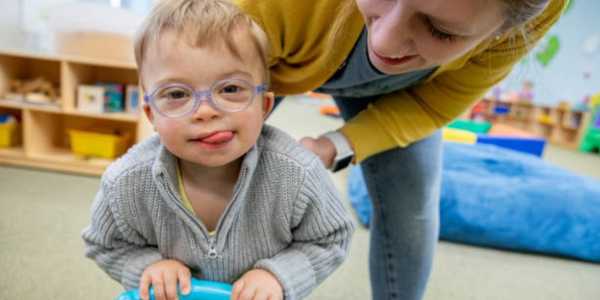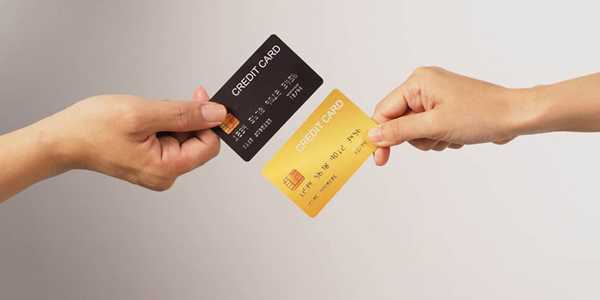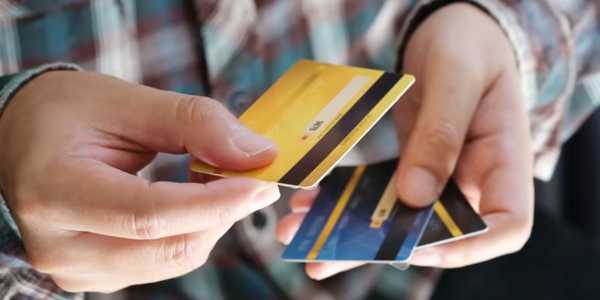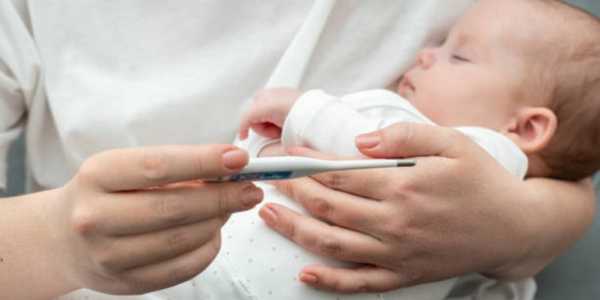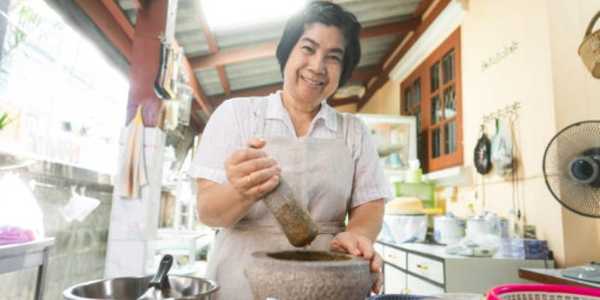The Ultimate Baby-Proofing Checklist For Your Home
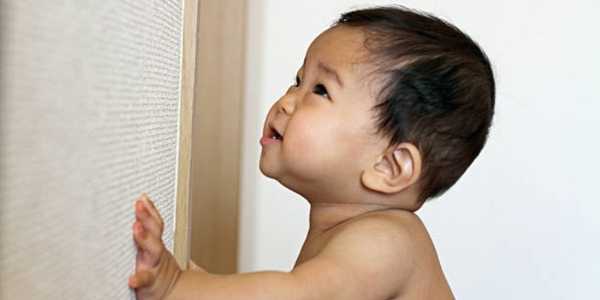
Welcoming a baby is a blessing, but every home comes with hidden risks. Babies grow fast, crawl, grab, and put things in their mouths. This baby-proofing checklist helps parents prevent accidents and protect little ones with simple steps for peace of mind.
Secure The Nursery First
Many parents spend time designing a beautiful nursery but forget safety details. The first thing is to choose a crib that meets the latest crib safety standards . Ensure that the crib slats are no more than 2 3/8 inches apart to prevent the baby's head from getting stuck. Remove fluffy pillows, blankets, and stuffed animals that can cause suffocation. Use a firm mattress that fits snugly against your body.
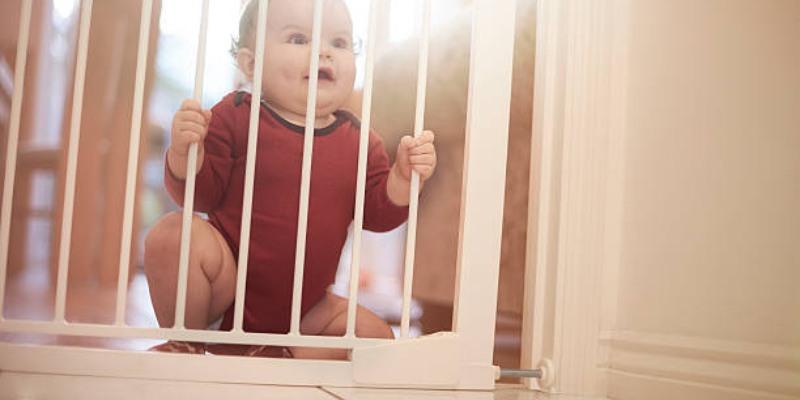
Place the crib away from windows, curtains, and cords. Window blind cords should be out of reach or replaced with cordless models. Install a reliable baby monitor so the baby is never truly alone, even when out of sight. Keep diaper supplies within reach but out of the baby's reach to prevent spills or accidental poisonings.
Living Room Safety Steps
The living room is a family space where babies spend a lot of time crawling and exploring. First, cover sharp edges on coffee tables, TV stands, and low furniture with corner protectors. Heavy TVs and shelves must be securely anchored to the wall to prevent them from tipping over if pulled.
Keep electrical outlets covered with outlet covers. Secure electrical cords and keep them hidden or use cord shorteners. Small objects, such as coins, batteries, and tiny toys, must be picked up and stored at a high level. If you have a fireplace, use a sturdy safety gate when it's not in use—also, secure floor rugs with non-slip pads to prevent slips and falls.
Kitchen Hazards To Fix
The kitchen is full of hidden dangers for babies. Install child safety locks on cabinets and drawers to keep sharp tools, cleaning supplies, and breakables out of reach. Store plastic bags and small magnets in a high location.
Use stove knob covers to prevent little hands from turning on burners. When cooking, always turn pot handles inward to prevent burns. Keep hot drinks and foods far from counter edges. If your dishwasher contains sharp utensils, keep it locked or closed at all times to avoid injury.
Bathroom Protection Measures
Bathrooms have water, slippery floors, and toxic products. Add a toilet lock to stop curious babies from lifting the lid. Always keep hair dryers and razors unplugged and away from wet areas. Use non-slip mats in tubs and on the bathroom floor to prevent falls.
Store medicines, shampoos, and cleaning supplies in locked cabinets or high shelves. Always test the bath water temperature before placing the baby in it to avoid burns. A simple bath thermometer helps maintain safe water levels.
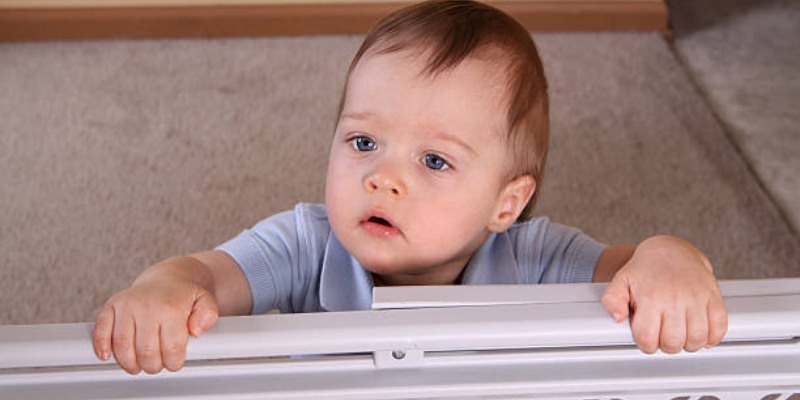
Stairs And Hallways
Stairs are a significant risk for crawling babies. Install baby gates at the top and bottom of the stairs to prevent falls from occurring. Choose gates that screw into the wall instead of pressure-mounted ones for the top stairs for added safety. Keep hallways clear of toys and shoes to prevent tripping.
Check that railings and bannisters do not have wide openings where a baby's head can slip through. Block any openings larger than four inches. If you have doors that lead to basements or garages, always keep them closed and locked.
Bedrooms And Play Areas
In other bedrooms, avoid placing heavy furniture that can tip over; anchor wardrobes, dressers, and bookshelves to the walls. Keep cords for lamps or blinds out of reach. Toys should be age-appropriate, with no small detachable parts that can pose a choking hazard to children.
Set up a safe play area with soft mats and barriers to keep babies away from danger zones. Regularly check toys for broken pieces. Remove any plastic wrapping or tags that can be swallowed.
Keep Chemicals And Poison Away
Poison is silent but dangerous—store detergents, bleaches, and other chemicals in locked cabinets. Please keep them in original containers with clear labels to avoid mistakes. Never store chemicals in old food containers.
Use safety latches for drawers that hold batteries, matches, or small gadgets. Keep trash cans closed or hidden in locked cabinets to stop babies from rummaging through them.
Mind The Windows And Doors
Install window guards or window stops to prevent windows from opening more than four inches. Screens are not strong enough to hold the weight of a child leaning against them. Always lock doors to balconies and keep furniture away from windows to prevent unauthorised access and potential falls.
If you have glass doors or low glass panels, mark them with stickers so babies do not run into them. Keep door stoppers on hand to prevent fingers from getting smashed.
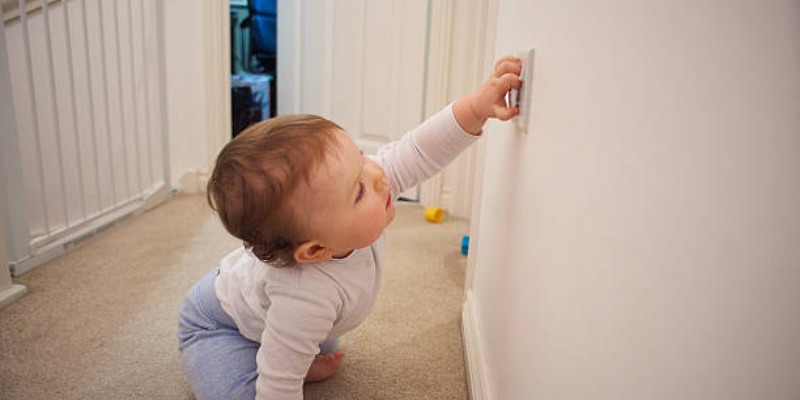
Room-By-Room Baby-Proofing Checklist
Nursery
Crib meets safety standards (slat spacing, firm mattress)
No pillows, blankets, or stuffed animals in crib
The crib is placed away from windows and cords
Install cordless blinds or keep cords out of reach
Use a reliable baby monitor
Diaper supplies are within adult reach but out of the baby's reach
Living Room Cover sharp edges and corners on furniture
Anchor heavy furniture and TVs to the wall
Cover electrical outlets
Secure and hide electrical cords
Remove small objects within the baby's reach
Use the fireplace gate if applicable
Secure rugs with non-slip pads
Kitchen
Install child safety locks on cabinets and drawers
Store plastic bags and small magnets out of reach
Use stove knob covers
Turn pot handles inward while cooking
Keep hot drinks and food away from counter edges
Keep the dishwasher locked when not in use
Bathroom
Install toilet locks
Unplug and store electrical items away from water
Use non-slip mats in the tub and on the floor
Store medicines and cleaning supplies in locked cabinets or high shelves
Test the bath water temperature before placing the baby inside
Use a bath thermometer for safety
Stairs & Hallways
Install baby gates at the top and bottom of the stairs
Use wall-mounted gates for top stairs
Keep hallways clear of toys and clutter
Check bannister gaps; block openings over 4 inches
Keep basement/garage doors locked
Bedrooms
Anchor dressers, bookshelves, and wardrobes to the wall
Keep cords for lamps and blinds out of reach
Use age-appropriate toys without small detachable parts
Regularly check toys for broken parts
Remove plastic wrappings and tags from toys
Play Areas
Set up safe play zones with mats and barriers
Keep hazardous items out of play areas
General Safety
Store chemicals, cleaners, and poisons in locked cabinets
Use original containers with clear labels
Keep trash cans covered or locked away
Install window guards/stops to prevent windows from opening more than 4 inches
Mark glass doors with stickers for visibility
Use door stoppers to prevent finger injuries
Emergency Prep
1. Keep emergency numbers visible and saved
Post numbers (911, poison control, paediatrician, nearest hospital) on your fridge or inside a cabinet door.
Save them as favourites on your phone and your partner's phone for quick access.
2. Have a stocked first-aid kit
Please place it in a convenient location (such as the kitchen or hallway).
Include baby-safe items: bandages, gauze, antiseptic wipes, a baby thermometer, tweezers, infant pain reliever, a nasal aspirator, and burn cream.
Check and replace expired items regularly.
3. Learn CPR and choking rescue steps
Take an infant CPR and choking rescue course (in-person or online).
Keep a CPR and choking quick-reference chart in the kitchen or near play areas for easy access.
Review and practice these steps regularly.
4. Inform babysitters and visitors
Show them the emergency numbers and the location of the first-aid kit.
Explain how to lock gates, use safety locks, and what areas are off-limits.
Share any allergies or medication needs.
Ensure they know how to contact you at all times.
Staying Alert As Baby Grows
Baby-proofing is not a one-time job. Children grow fast, learn to climb and reach new heights. What was once safe can turn risky overnight. Check gates, locks, and protectors often. Replace broken items quickly. Please continue to monitor for new hazards and address them promptly to prevent harm.
Parents and guardians who stay vigilant and make minor adjustments can prevent major accidents. It saves money, time, and tears. Baby-proofing is not about fear. It's about care, making wise choices, and staying a step ahead of the child's next move.


